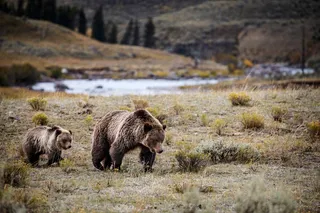Martin had a comment below:
You equate language groups with ethnic, even political, groups. That's quite a stretch. Western archaeologists abandoned that idea in the 1970s.
I think I should expand a bit on my comment where I address Martin's assertion. I think I made it pretty clear that when it comes to burial styles or pottery motifs I render unto archaeologists their expertise, on the other hand, there's the old joke that archaeologists reduce the entirety of the past to material artifacts. Obviously such remains loom large because we unfortunately have no access to time travel machines and pottery is a robust & plentiful echo of the past (the data sets of pottery are large enough that you could do statistical analysis). That being said, in human historical genetics there has been a traditional focus on mtDNA for technical reasons (e.g., mtDNA is present in large quantities), but it ...













